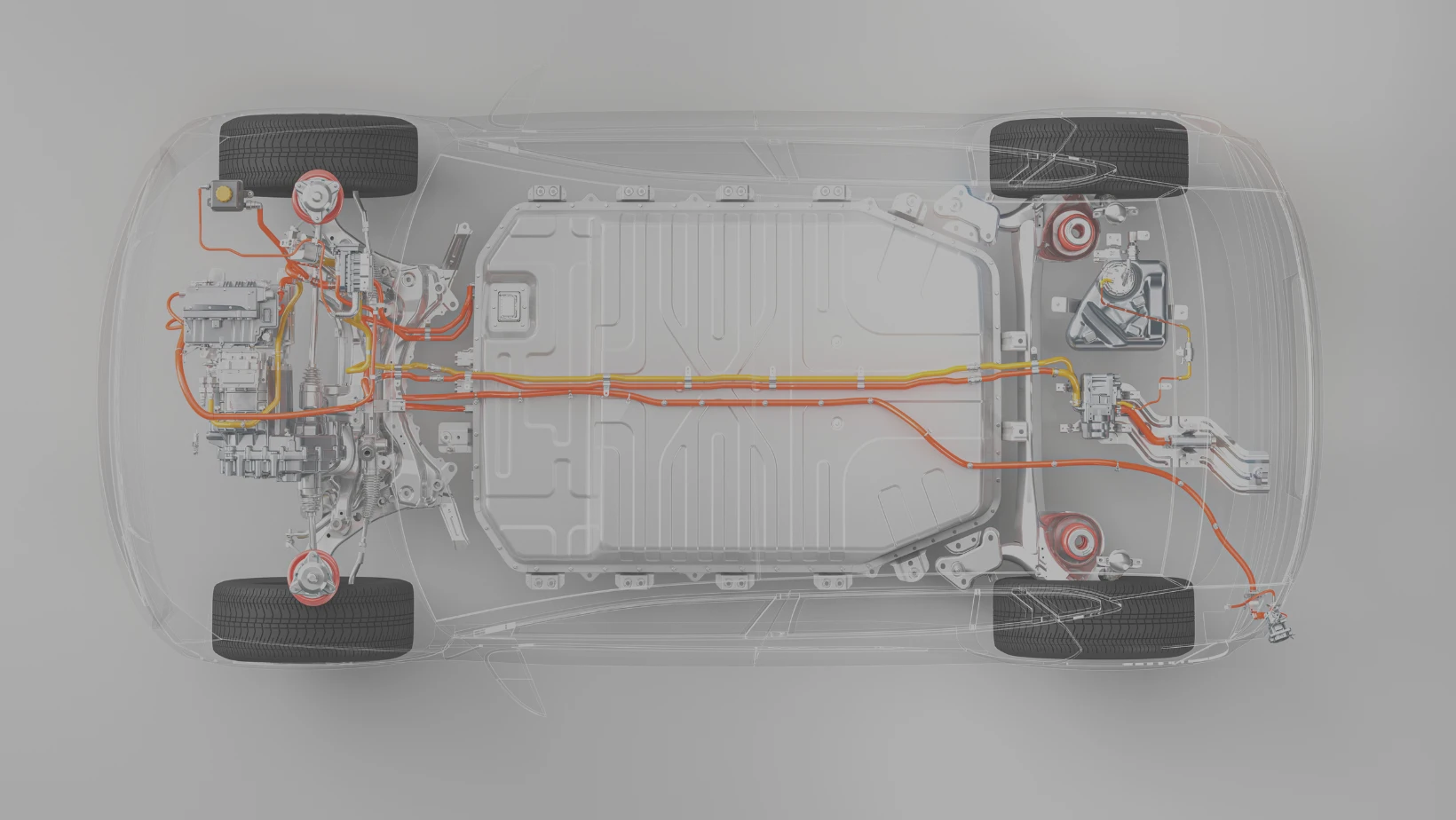UP Catalyst’s innovative technology turns waste biomass into valuable Graphene-like carbon. Using wood chips as raw material allows us to produce a sustainable product with a graphene-like structure, and with the highest purity on the market.




H₂O & organic DHLG (dihydrolevoglucosenone) dispersion with Graphene-like carbon concentration ranging from 1 to 3% w/w.
Specific surface area up to 2600 m²/g




H₂O & organic DHLG (dihydrolevoglucosenone) dispersion with MWCNT concentration ranging from 1 to 3% w/w.
Specific surface area up to 2600 m²/g
Graphene, due to its surface area, is the key for improving electrostatic charge storage – a significant limitation in supercapacitors. It can enhance the battery's properties and increase its lifecycle.
When activated carbon is replaced with UP Catalyst graphene-like carbon in DAC, the CO₂ capture is more efficient due to the material’s surface area and porosity.
The unique arrangement of atoms provides strong adhesive properties and outstanding electrical conductivity. Recommended in electrical conductive coatings – e.g in automotive applications.
Graphene-like carbon can be incorporated in filter membrane structures to enhance filtering performance.
Non-precious metal catalysts are economical alternatives for producing sustainable fuel cells.
Reduced friction, enhanced durability against wear and tear damage.






Graphene, due to its surface area, is the key for improving electrostatic charge storage – a significant limitation in supercapacitors. It can enhance the battery's properties and increase its lifecycle.
When activated carbon is replaced with UP Catalyst graphene-like carbon in DAC, the CO₂ capture is more efficient due to the material’s surface area and porosity.
The unique arrangement of atoms provides strong adhesive properties and outstanding electrical conductivity. Recommended in electrical conductive coatings – e.g in automotive applications.
Graphene-like carbon can be incorporated in filter membrane structures to enhance filtering performance.
Non-precious metal catalysts are economical alternatives for producing sustainable fuel cells.
Reduced friction, enhanced durability against wear and tear damage.
The main benefits of Graphene-like carbon derive from its pore size and surface area. This material can have a surface area of up to 3200 m²/g and a mean diameter size of around 3-12 nm. Its remarkable properties make it an ideal additive for supercapacitors and Direct Air Capture (DAC) technology.

Be part of the green revolution using sustainable carbon nanomaterials and graphite made from industrial CO₂ emissions.
